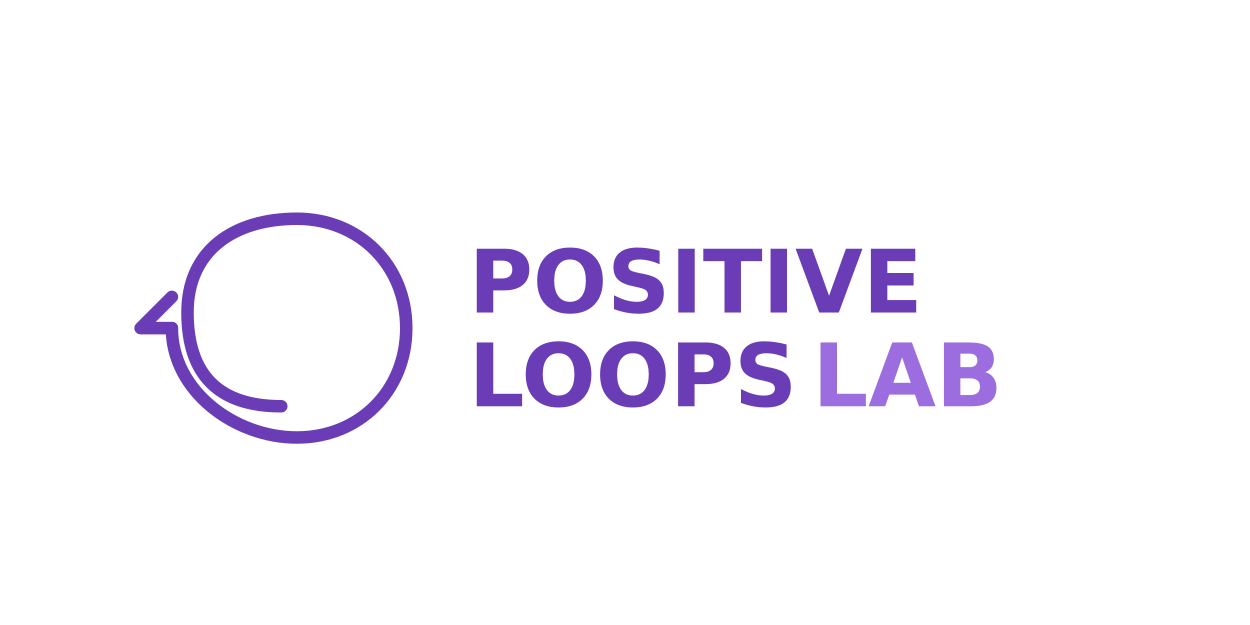Many impact investors are getting lured into outsourcing impact measurement and reporting in financial inclusion.
It seems like a good idea:
- to make impact reporting data consistent in the sector
- to provide digestible data for stakeholders
- to use fewer resources than embedding systems in all portfolio companies
What it actually is:
It provides weak reporting.
The data is often misleading and susceptible to bias.
It undermines long term impact goals and governance.
And it undermines your credibility.
In the absence of effective systems, many impact investors have turned to outsourcing impact measurement to satisfy immediate reporting needs, and provide credibility.
Impact systems governance is not easy.
But outsourcing measurement only serves to shine a spotlight on poor systems and impact reporting, which undermines the sector.
In this article, I provide some simple examples of red flags in impact reporting, and how to start thinking about building effective systems for impact management.
(Just Some) Examples of Reporting Red Flags
When you see statements like this in impact reports, recognise what's really being communicated:
- Your portfolio companies lack internal expertise for credible impact measurement.
- There are no embedded systems for auditable, consistent data collection.
- You're basing impact claims on a minuscule subset of clients (0.01% in this example), introducing significant selection bias.
Consider another common reporting indicator:
Looks like a strong indicator of performance, but it masks the following weaknesses in the process:
- There's no auditable metadata supporting this claim.
- Self-reported improvements are highly susceptible to response bias.
- In a real-world example, there was just 1 out of 60 questions in the survey related to increased income - literally just asking clients if they experienced increased income. The methodology invites all sorts of bias.
The outsourcing problem extends further when companies claim independence:
Let's be honest about what's happening here:
- You're paying this company to provide marketing materials. They're not independent - they're selling you a service, and want repeat business.
- These firms aren't auditing your internal impact data systems. they're creating parallel, disconnected data streams.
- If your portfolio companies had effective embedded impact management systems, you would rightfully showcase those systems as part of your impact governance story.
- That independent party is now equipped with your data, to upsell a new dashboard, or expensive consulting
The Governance Gap
As an impact investor, you have a fundamental responsibility for impact governance.
There's a reason impact governance is increasingly under scrutiny across the social investment landscape. When you outsource core measurement functions, with no internal systems, you're showing no ownership of your impact governance responsibilities.
Outsourcing impact measurement is just papering over the cracks. It represents short-term thinking that benefits impact measurement companies at the expense of building meaningful, long-term capacity in the sector.
The Alternative: Embedded Impact Systems
Here's what you should be able to say about your portfolio companies and impact management:
And then the data is what you show in your impact reporting.
Where this ideal state isn't yet possible, transparent communication is essential:
- Exactly what steps are being taken to build these systems
- What data is currently available, and its limitations
- How current measurement approaches will evolve toward more integrated solutions
This approach demonstrates genuine impact leadership and governance commitment. It shows you're invested in strengthening systems that will improve impact over time.
Practical Steps Forward
For financial inclusion investors, here are four practical steps to move beyond outsourced measurement:
1. Analyse the technology stack and data systems of your portfolio
Core banking, data collection technology, APIs, and real time reporting dashboards. This is not an exercise in IT and technology analysis. This requires deep sector and operational expertise.
2. Integrate data collection and reporting into operations
Impact related data should be collected at ongoing client touchpoints. Where possible, build a comprehensive picture of each client rather than relying on sampling.
3. Invest in data verification systems
Real impact measurement requires auditable data. Implement digital verification processes.
4. Build internal capacity
Your most sustainable approach is developing in house expertise across your portfolio. This doesn't mean eliminating external partners, but shifting their role from outsourced reporting to auditing and capability building.
The Future of Impact Measurement
The financial inclusion sector is evolving rapidly.
The approach to impact measurement must evolve too.
Investors who will lead this next phase will be those who recognise that robust impact measurement isn't an administrative burden or a marketing exercise - it's a strategic function that drives effective decisions, improves client outcomes, and ultimately delivers stronger financial and social returns.
When impact measurement is embedded in operations rather than outsourced to consultants, it becomes a powerful feedback loop that transforms how financial institutions serve their clients.
If you're facing challenges implementing these systems across your portfolio, we're here to help build the capabilities and technology infrastructure needed for credible, transformative impact measurement.
Get in touch

